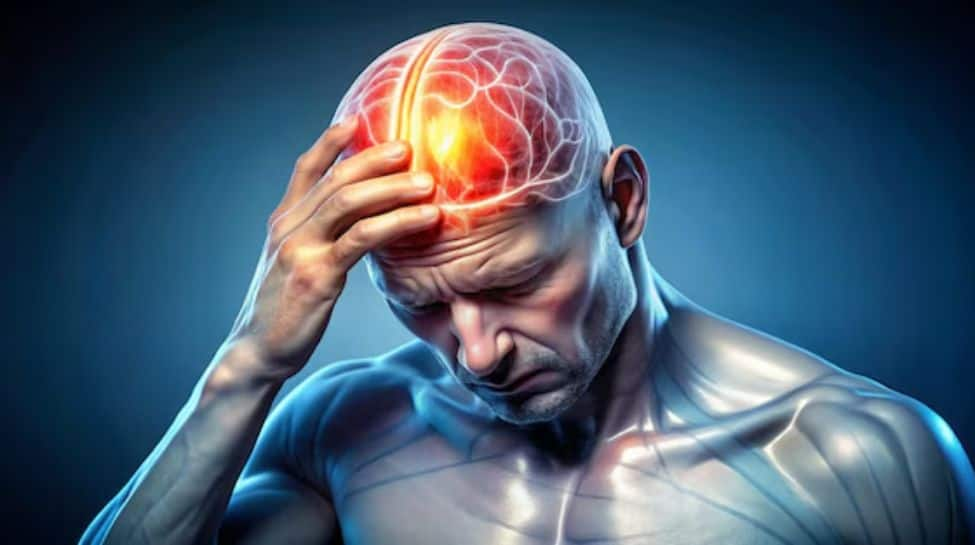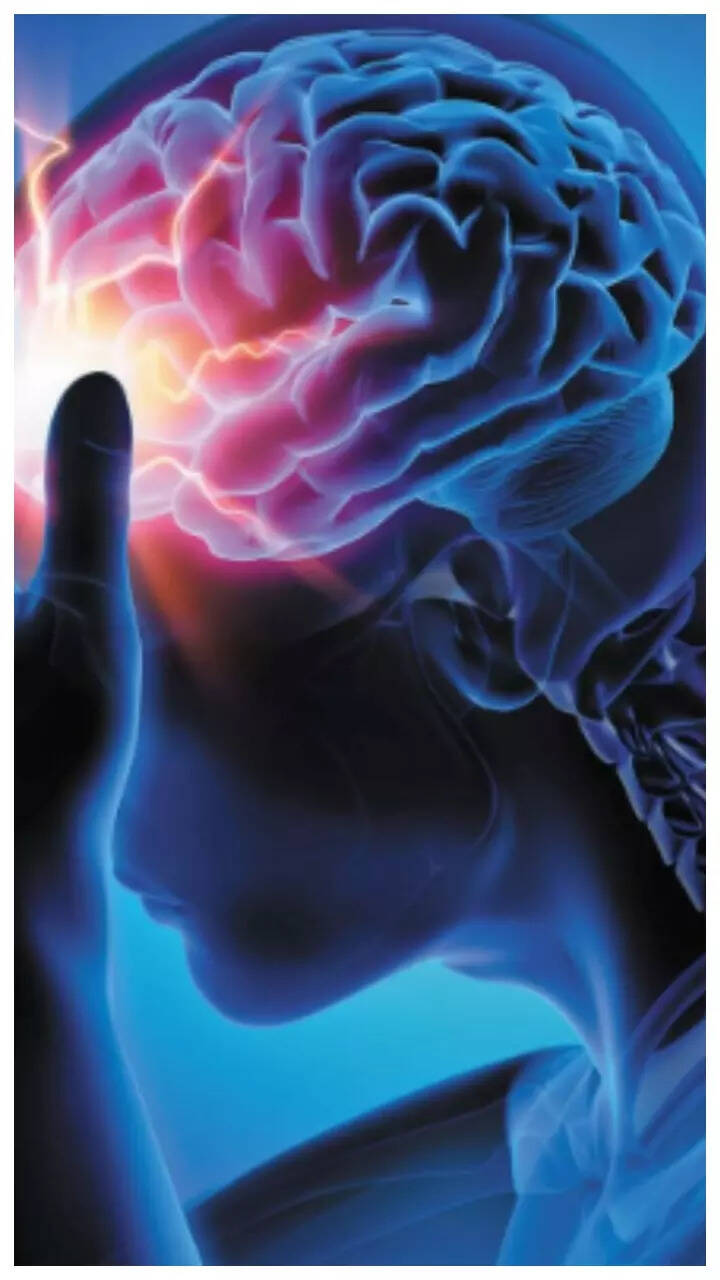Brain Tumor vs. Stroke: When Sudden Neurological Changes Mean Different Things | Health News

Understanding the nuances of neurological health is not always easy, especially conditions like brain tumors and strokes. Both brain tumors and strokes can lead to neurological impairments. A stroke happens when blood flow to a portion of the brain is abruptly cut off (ischemic stroke), or if there is a bleed in the brain (hemorrhagic stroke) which causes damage to brain tissue. A brain tumour is an undesired growth in the brain tissues that presses against important areas.
Dr. Sunil Furtado, HOD & Consultant – Department of Neurosurgery, Ramaiah Institute of Neurosciences, Ramaiah Medical Hospital shares the difference between brain tumor vs stroke in detail.
Why it is so critical to differentiate: In India, a stroke occurs every 40 seconds, resulting in a death every 4 minutes thus making strokes. One in four individuals are at risk of suffering a stroke in their lifetime.The symptoms of brain stroke are usually sudden in onset- with face or limb weakness, slurred speech, imbalance while walking, drooping of the eye or blurred vision. While men are at a higher risk for strokes, with about 1 in 10 men likely to experience one in their lifetime, there is a slightly higher preponderance of brain tumors in females.
With tens of thousands diagnosed annually the prevalence of brain tumours is on the rise. The incidence of both benign and cancerous brain tumours is in the range of 2-3 per 1,00,000 population. In children it is about 0.8-1 per 1,00,000 population.
The symptoms of brain tumours are usually slow or subtle to begin with in comparison to stroke. It may including headache which is resistant to over the counter medications, progressive hand or leg weakness, slurred speech and imbalance while walking. Personality and memory changes are also noticed.
The Reaction of Cells: Support cells in the brain, such as astrocytes, microglia, and pericytes, aid in recovery from stroke. Conversely, the support cells like astrocytes and oligodendrocytes give rise to tumours due to internal genetic mutations.Some cancer stem cells derived from these support cells are super-resistant to treatment ,especially in high grade brain tumours like glioblastomas. The issue is further compounded by the reality that a tumour can make the blood-brain barrier, which typically protects the brain, permeable, thus enabling swelling within the brain.
Treatment strategies:
• Strokes: The treatment strategies for stroke depends on the type of stroke. Ion appropriate cases schemic strokes are treated with clot removal from arteries using a retrievable stent by a procedure called mechanical thrombectomy. Clot busting medications can also be administered as an injection through a vein. Brain bleeds are treated with medicines to reduce brain pressure or surgery to remove and control the brain bleed.
• Brain tumours: The principle of brain tumour management involves surgery to remove as much tumour tissue as possible without damage to important structures and connections in the brain, pathology testing of the tissue and grading of the tumour. Deep-seated or eloquently-located tutors are biopsied using computer guided technology called neuronavigation which acts like a GPS system guiding the neurosurgeon.
Adjuvant therapy in the form of chemotherapy and radiation therapy are provided based on the pathology test report of the tumour , grade of the tumour and location of the tumour. Follow-up involves medications and interval MR scans.







